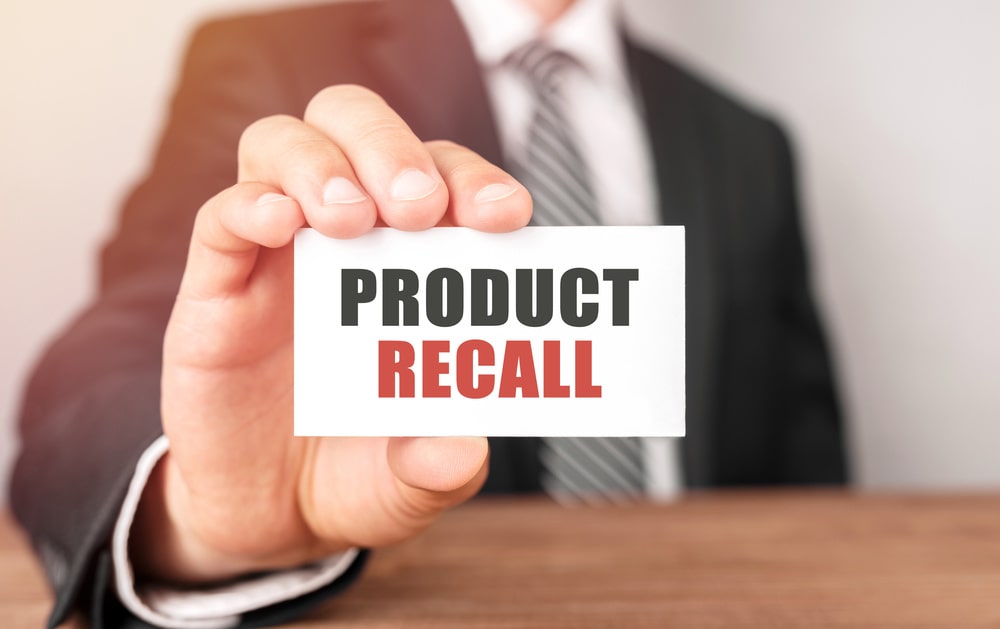COVERAGE INSIGHTS : LEARN MORE ABOUT CROP INSURANCE
IN THIS BLOG
WHAT IS CYBER LIABILITY INSURANCE?
WHAT DOES CYBER LIABILITY INSURANCE COVER?
POSSIBLE EXPOSURES COVERED BY A TYPICAL CYBER LIABILITY
WHAT IS CYBER LIABILITY INSURANCE?
As technology becomes increasingly important for successful business operations, the potential exposures facing businesses continues to grow. In this day and age, a stolen laptop or hacked account can instantly compromise personal data of thousands of customers. Also, a misguided post on social media can be read by hundreds in a matter of minutes. Thus, to avoid the risks that may arise from cyber attacks, you need to consider having Cyber Liability Insurance for your firm.
Cyber Liability Insurance protects your business against technology-related exposures. It provides enough coverage that can help respond and compensate for the damages of technological threats in your company. Awareness of the potential cyber liabilities your company faces is essential to managing risks through proper coverage.
WHAT DOES CYBER LIABILITY INSURANCE COVER?
The U.S. Department of Agriculture (USDA) manages MPCI through a public-private partnership, meaning the federal government subsidizes the premiums. But private companies write all MPCI policies; a full list of providers is available at the USDA website, www.usda.gov. The USDA requires these companies to sell MPCI policies to any eligible farmer who requests it. Moreover, the USDA Risk Management Agency uniformly sets all the rates and determines what insured crops in which regions of the country.
COVERAGE LEVELS OF CROP INSURANCE
The RMA calculates the amount of MPCI coverage based on the actual production history (APH) for each farm. APH numbers come from farmer production records from the past four, and up to the past 10, consecutive crop years. Coverage levels generally range from 50 to 75 percent of the farm’s APH. The USDA RMA grants up to 85 percent coverage for select crops in certain counties. An MPCI policy also requires the election of an indemnity A MPCI policy also requires election of an indemnity price, which can be anywhere between 60 and 100 percent of the Federal Crop Insurance Corporation (FCIC) expected market price. Indemnities are paid when the grower’s yield falls below the calculated yield guarantee (APH times the insured acreage times the level of coverage times the farmer’s elected share).
THE WHEN AND THE WHY
Unlike a crop-hail policy, which farmers may purchase at any time during the growing season, you must purchase an MPCI policy prior to planting. It is a continuous policy that will remain in effect for each crop year following acceptance of the original application. Farmers may change the policy on or before the sales closing date. Also, their cancellations may only be made after the first effective crop year. There are endless benefits to purchasing an MPCI policy. Like confidence, stability, improved financial management and comfort in knowing there is a safety net for unexpected loss. Contact us at (949) 791-1300 to learn more about your MPCI options.
THE IMPORTANCE OF INVESTING IN CROP INSURANCE
In 1985, less than 18 percent of United States farmland was insured. Now, the FCIP protects more than 70 percent of insurable farmland—282 million acres—through more than one million policies. The program provides hundreds of millions of dollars in indemnity payments to farmers each week. Crop insurance has taken off in the past 25 years for good reason. Today’s farmers must turn out more products and achieve higher yields than ever before to stay in business. Therefore, there are several reasons to carefully consider investing in crop insurance, or if you already have it, re-evaluating your current coverage.
1. STAYING IN BUSINESS
Obviously, the biggest reason to invest in crop insurance coverage is to make sure you turn a profit every year. What makes crops an especially difficult to ensure is that their survival depends on a completely unpredictable factor: the weather. In any given year, you never know what perils your crops will face. Cold, frost and freezing temperatures cause an average of one-third of all recorded crop losses annually.
The question to ask is whether your farm would be able to survive if crops were completely wiped out by frost, disease, drought, excess moisture, hail, insects or other natural disasters. Just purchasing a policy is not enough, you must evaluate your risks and accurately determine whether the protection will adequately cover the severe loss.
2. CAPITALIZING ON MARKETING OPPORTUNITY
In many ways, crop insurance allows businesses to expand by taking advantage of new opportunities. Farmers who insure their crops have the ability to engage in long-term business planning because of the relative stability of their cash flow. In the unpredictable agricultural business, being able to calculate your revenue even in the case of a loss is invaluable. You will have the security to market your crops and take advantage of market opportunities that uninsured farmers may miss out on.
3. OPENING UP TO POSSIBILITIES
One of the less obvious benefits of investing in crop insurance is that you are also investing in your company’s future. Crop insurance allows farmers to borrow money more easily because it proves to lenders the ability to repay loans.
The ability to borrow money opens you up to a number of possibilities that would be impossible without the security of crop insurance. Access to new technology and innovation are the greatest of these possibilities because they will open up the potential for even higher yields, better products, and further growth.
Before you dismiss crop insurance as a financial burden, think of it as an investment. It gives assurance you will stay in business after a bad loss and creates the possibility of thriving well into the future.





